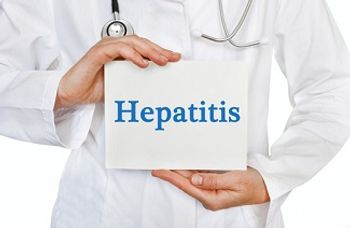
Improving the Transition from Adolescent to Adult HIV Care
The transition from youth to adult HIV care is a critical juncture that provides opportunities for continued engagement if handled well. What role should adult care clinics play to maximize the number of adolescents who stay in treatment?
Although the number of new HIV infections in young gay and bisexual men fell 18% yearly between 2008 and 2014, overall infection rates among young individuals in the United States (between ages 13 and 24) are rising, with this age group accounting for
For young individuals receiving treatment, transitioning to an adult model of care presents a potential stumbling block to achieving and maintaining viral suppression—and as 25,000 young individuals infected with HIV are poised to graduate to adult HIV care within the next 10 years, the importance of a successful transition cannot be minimized.
In 2013, the American Academy of Pediatrics issued a set of
A team of
“We do see differences in pediatric/adolescent and adult clinics’ behavior expectations,” lead author of the study Amanda Tanner, PhD, MPH, assistant professor in the School of Health & Human Sciences, Department of Public Health Education, at the University of North Carolina Greensboro, told Contagion ®. “Adolescent clinics tend to have more resources to support youth, [such as] funds for transportation to clinics, smaller caseloads, and more on-site comprehensive services, and [they] do more hand-holding [with] youth— [such as sending] text message appointment reminders, seeing youth even if they are late for their appointments —than adult clinics can provide. This hand-holding can be extremely helpful for youth to stay engaged in care at the adolescent clinic; however, it may leave youth underprepared to meet the behavioral expectations of the adult clinics.”
Formal processes that facilitate communication between clinics and data sharing are needed, the researchers claim. These may include having the staff at the adult clinic meet each youth at the adolescent clinic before the transition, although billing and payment may be a problem if clinics are not part of the same medical system. Another option is for personnel at adolescent clinics to join youth at their first visit at an adult clinic. One adult clinic reported that it offered a peer navigator, a patient with HIV who met with transitioning youth to offer information, emotional support, and even just to provide company at medical visits. Overall, the staff interviewed felt that additional flexibility and friendliness could go a long way toward helping adolescents make the transition to adult care and continue with their treatment.
Still,
Laurie Saloman, MS, is a health writer with more than 20 years of experience working for both consumer and physician-focused publications. She is a graduate of Brandeis University and the Medill School of Journalism at Northwestern University. She lives in New Jersey with her family.
Newsletter
Stay ahead of emerging infectious disease threats with expert insights and breaking research. Subscribe now to get updates delivered straight to your inbox.

















































































































































































































































































